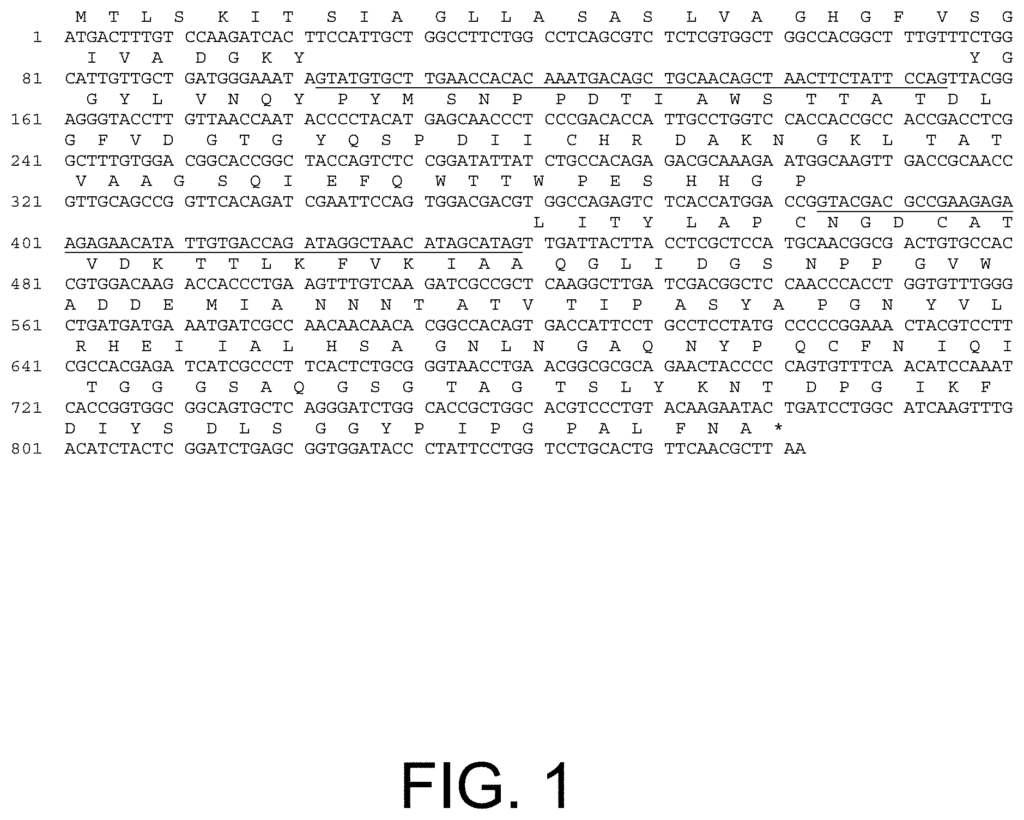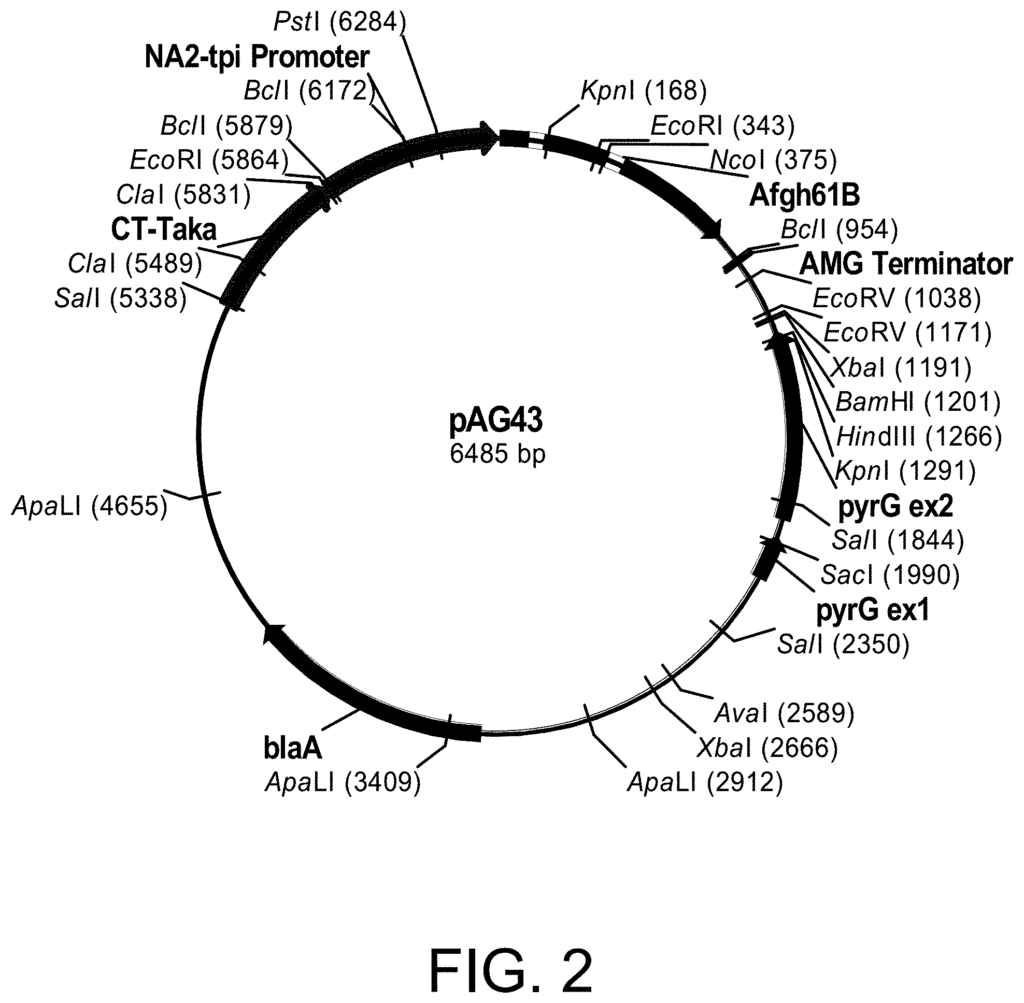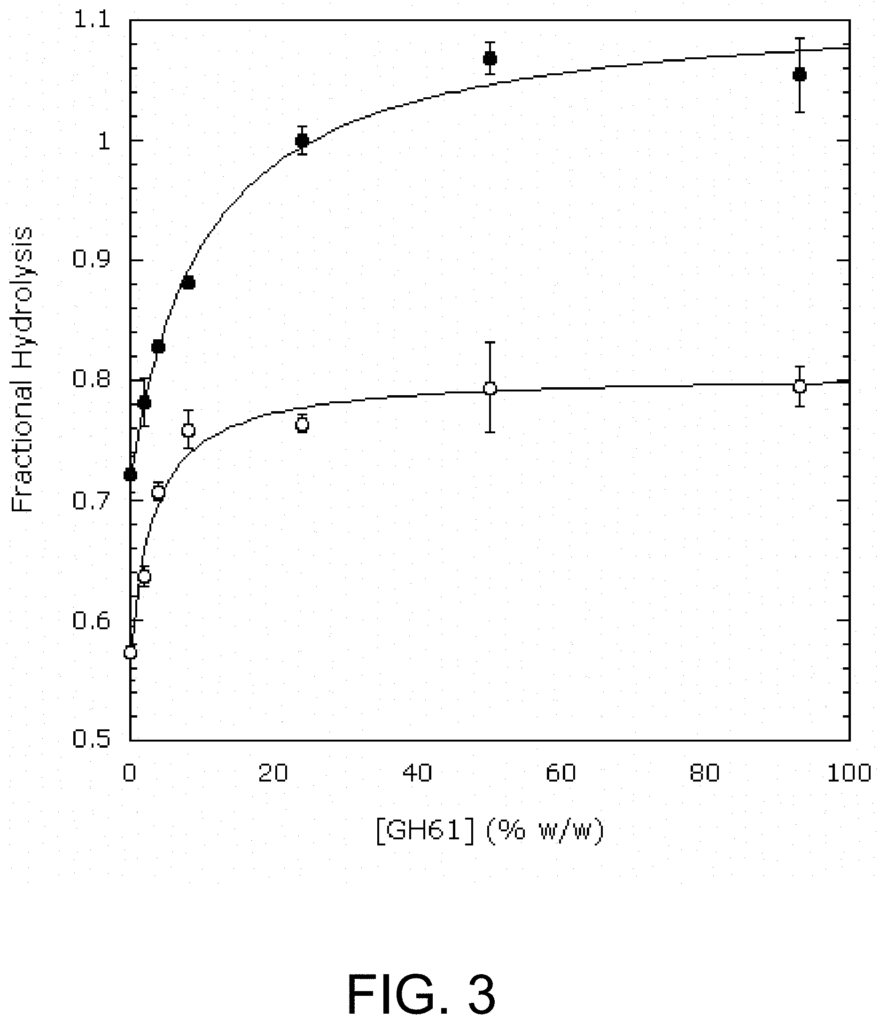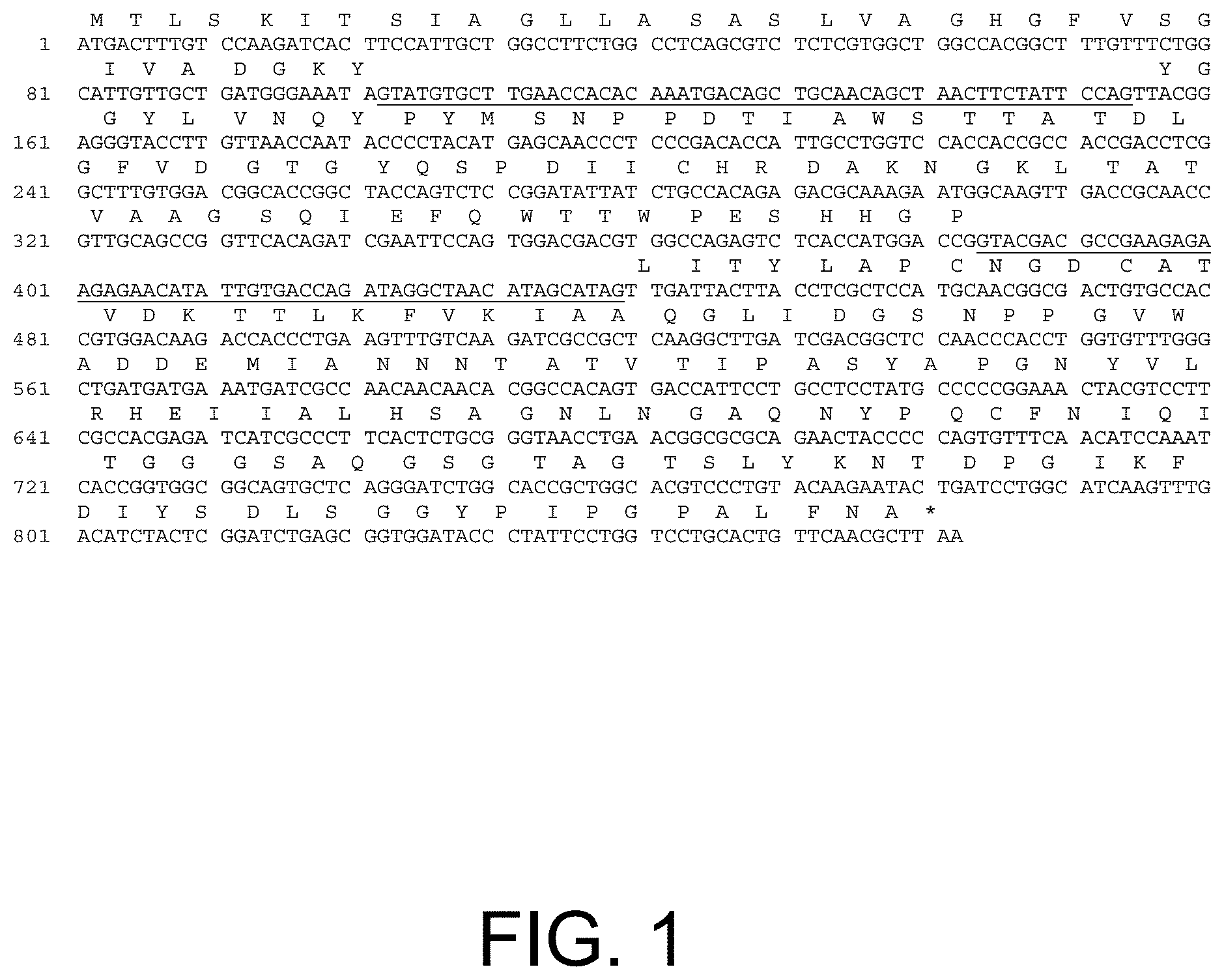Invented by Ashley Garner, Paul Vincent Harris, Jason Quinlan, Randall Kramer, Novozymes Inc
One of the most promising approaches to convert cellulosic materials is through the use of enzymes. Enzymes are biological catalysts that can break down complex molecules into simpler ones. In the case of cellulosic materials, enzymes can hydrolyze the cellulose and hemicellulose into glucose and other sugars, which can be further processed into biofuels, chemicals, and materials. Enzymatic conversion of cellulosic materials has several advantages over other methods, including high selectivity, mild reaction conditions, and low environmental impact.
Several companies are developing and commercializing enzyme-based technologies for the conversion of cellulosic materials. For example, Novozymes, a Danish biotech company, offers a range of enzymes for the production of biofuels, such as ethanol and butanol, from cellulosic feedstocks. The company’s enzymes are designed to work under different conditions and with different types of feedstocks, making them versatile and efficient.
Another approach to enhance the degradation of cellulosic materials is through the use of pretreatment methods. Pretreatment involves the application of physical, chemical, or biological treatments to the biomass to make it more accessible to enzymes or other conversion technologies. Pretreatment can break down the lignin and hemicellulose in the biomass, making the cellulose more accessible to enzymes. Pretreatment can also reduce the crystallinity and degree of polymerization of the cellulose, making it easier to hydrolyze.
Several companies are developing and commercializing pretreatment technologies for cellulosic materials. For example, Sweetwater Energy, a US-based company, offers a patented pretreatment technology called Sunburst that can convert a wide range of cellulosic feedstocks into fermentable sugars. The Sunburst technology uses a combination of mechanical and chemical treatments to break down the biomass and make it more accessible to enzymes.
In addition to enzymes and pretreatment, there are other methods to enhance the degradation or conversion of cellulosic materials. For example, some companies are developing genetically modified organisms (GMOs) that can produce enzymes or other proteins that can break down cellulose more efficiently. Other companies are developing novel conversion technologies, such as gasification, pyrolysis, and fermentation, that can convert cellulosic materials into biofuels, chemicals, and materials.
In conclusion, the market for methods to enhance the degradation or conversion of cellulosic materials is growing rapidly. Enzymes, pretreatment, GMOs, and novel conversion technologies are all promising approaches to convert cellulosic materials into useful products. As the demand for renewable and sustainable sources of energy and chemicals continues to grow, the market for cellulosic materials is expected to expand, creating new opportunities for innovation and investment.

The Novozymes Inc invention works as follows
The present invention is a method for degrading and converting cellulosic materials, which includes: treating the material with an enzyme in the presence a polypeptide that has cellulolytic enhancement activity.

Background for Methods to enhance the degradation or conversion cellulosic materials
Field of Invention
Description of Related Art
Enzyme Compositions
Polypeptides with Cellulolytic Enhancing Activities and Polynucleotides thereof
Nucleic Acid Constructs
Expression Vectors
Host Cells
Methods for Production
Methods of Processing Cellulosic Material”.
EXAMPLES

Materials
Strains
Media
Example 1 : Identification of a Glycosyl Hydralase Family GH61 gene in the Genomic Sequence of Aspergillus fumigatus
Example 2 : Aspergillus fumigatus Genomic DNA Extract
Example 3 : Construction of an Aspergillus Oryzae Expression Vector
Example 4. Characterization of Aspergillus fumigatus Genomic Sequence encoding a Family 61 polypeptide Having Cellulolytic enhancing Activity
Example 6: Expression of Aspergillus fumigatus Genomic DNA Coding a GH61B polypeptide Having Cellulolytic Enhanced Activity in Aspergillus Oryzae JaL355
Example 6 : Purification and Cellulolytic Enhancing Activity of Aspergillus fumigatus GH61B polypeptide
Example 7 – Pretreatment of Corn Stover
Example 8 – Hydrolysis of Corn Stover Pretreated by Aspergillus fumigatus GH61B polypeptide with Cellulolytic Enhancing Activities
Click here to view the patent on Google Patents.

Leave a Reply